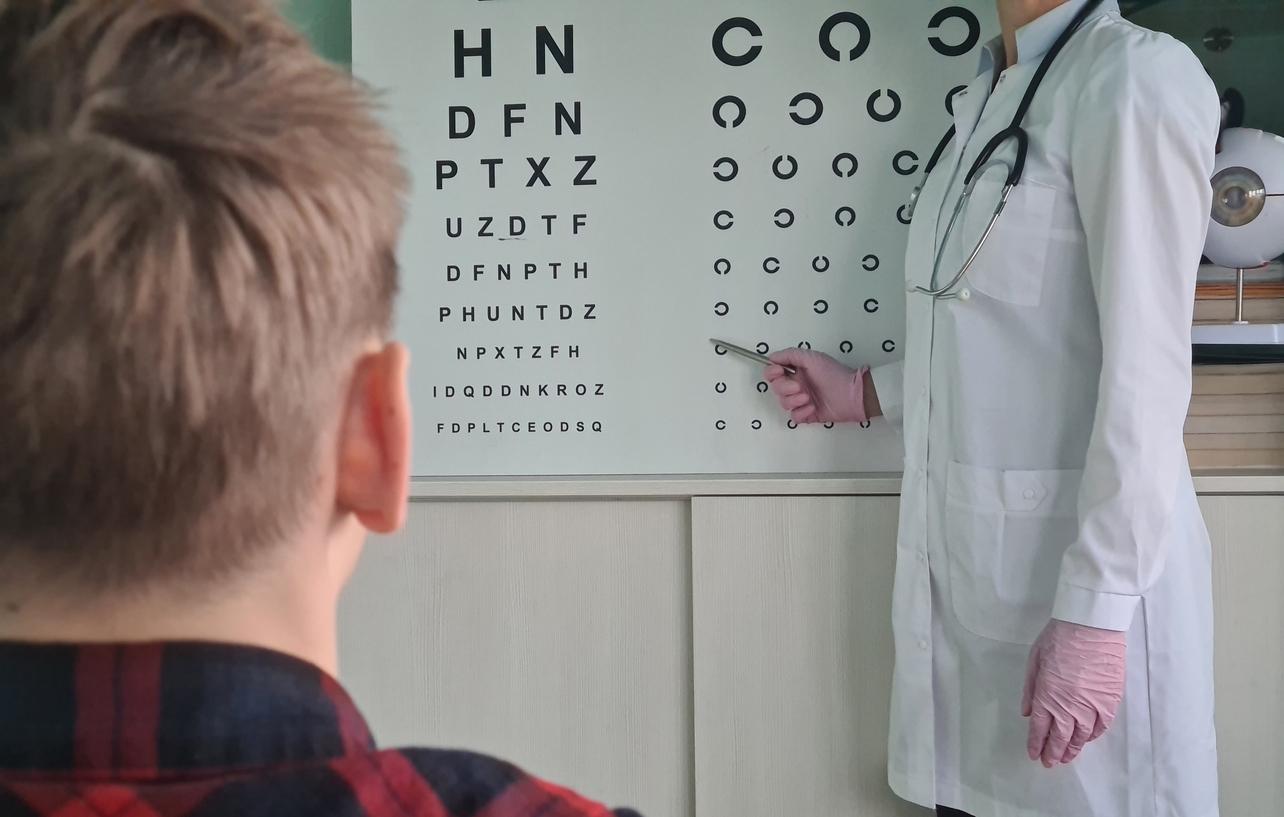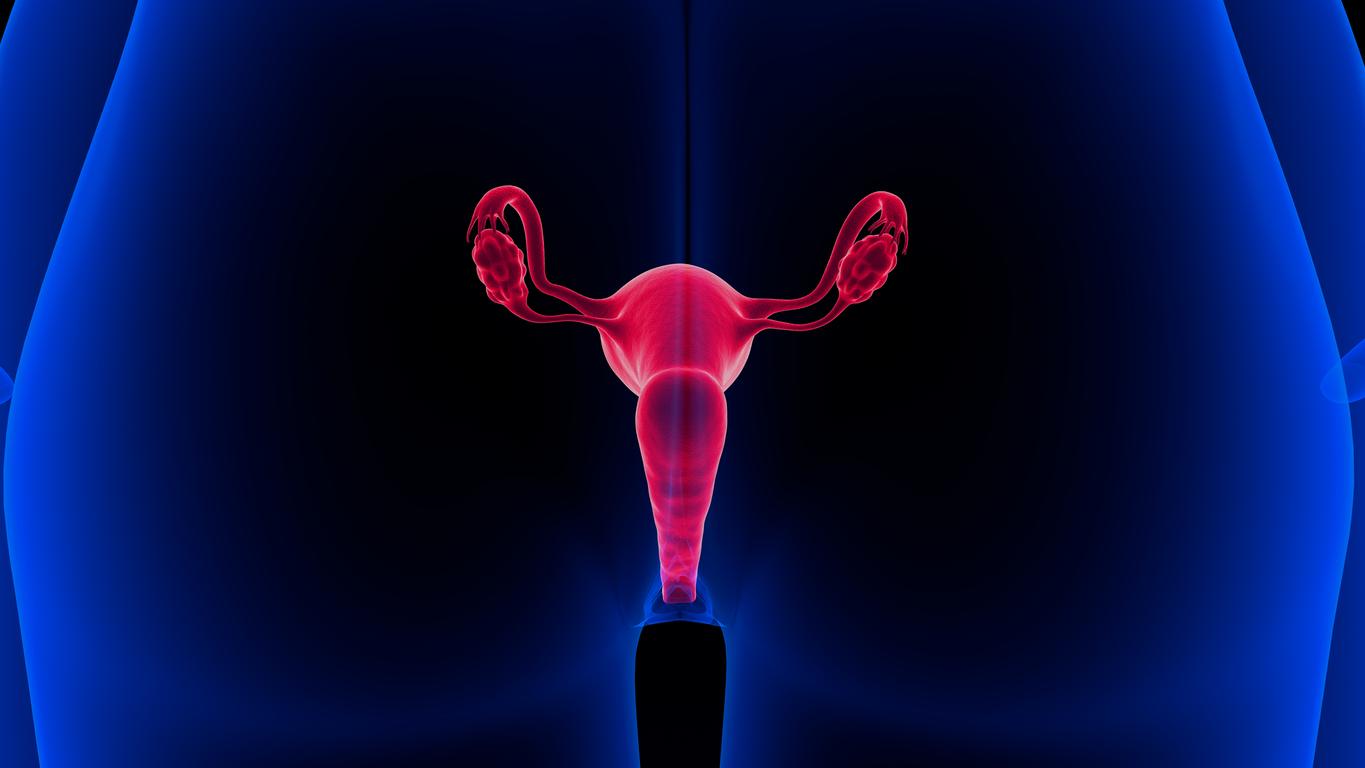Each individual carries a 1 in 300 risk of developing ALS during their lifetime.

- Charcot’s disease was discovered more than 150 years ago.
- Charcot’s disease currently affects around 8,000 patients in France, with an annual incidence of around 2.5 per 100,000 inhabitants.
- Every day in our territory, 5 ALS diagnoses are made (average age of patients: 55 years), and 5 deaths due to the disease occur.
“Belonging to the group of rare diseases, Amyotrophic lateral sclerosis (ALS or Lou Gehrig’s disease) is, however, the least rare rare disease.” This state of affairs is a recurring focus of awareness among activists who have been involved in the fight against this pathology for years.
Charcot’s disease: 8,000 people affected in France
Charcot’s disease currently affects around 8,000 patients in France, with an annual incidence of close to 2.5 per 100,000 inhabitants. Every day in our country, 5 ALS diagnoses are made (average age of patients: 55 years), and 5 deaths due to the disease occur. Furthermore, the expected increase in the number of patients by 2040 is 20%.
Discovered more than 150 years ago, Charcot’s disease is an incurable and rapidly progressive neurodegenerative pathology. “Ultimately, it causes total paralysis. The sick person, who retains all their cognitive faculties, very quickly finds themselves unable to eat, move, speak or breathe. The confinement is total,” describe the Arsla (aAssociation for ALS Research).
“We are all affected by Charcot’s disease”
“Arsla therefore invites each of us to become aware of the urgency of the situation by reminding us of this: we are all affected by Charcot’s disease,” “emphasizes the patients’ association.”There is in fact no particular predisposition to the disease. Only 10 to 15% are cases of familial form. Each individual thus carries within them a risk of one in 300 developing ALS during their lifetime”, she adds.
The initial cause of sporadic forms of ALS is not known. “The disease is probably multifactorial, perhaps involving environmental factors and genetic susceptibility factors,” continue the specialists.
Charcot’s disease: how to make the diagnosis?
The diagnosis of ALS is often made by elimination, after ruling out pathologies with similar presentation and those affecting motor neurons.
This diagnosis is based on neurological and clinical examinations. The doctor in charge of this assessment looks in particular for the presence of signs of neurodegeneration at the muscular level and signs of bulbar damage.
“This neurological examination, combined with a biological assessment, an electromyogram and an MRI, allows us to confirm the diagnosis in the face of symptoms that have persisted for several months. Specific examinations may be prescribed on a case-by-case basis to confirm the diagnosis of Charcot’s disease.”concludes Inserm.












-1721998247.jpg)



